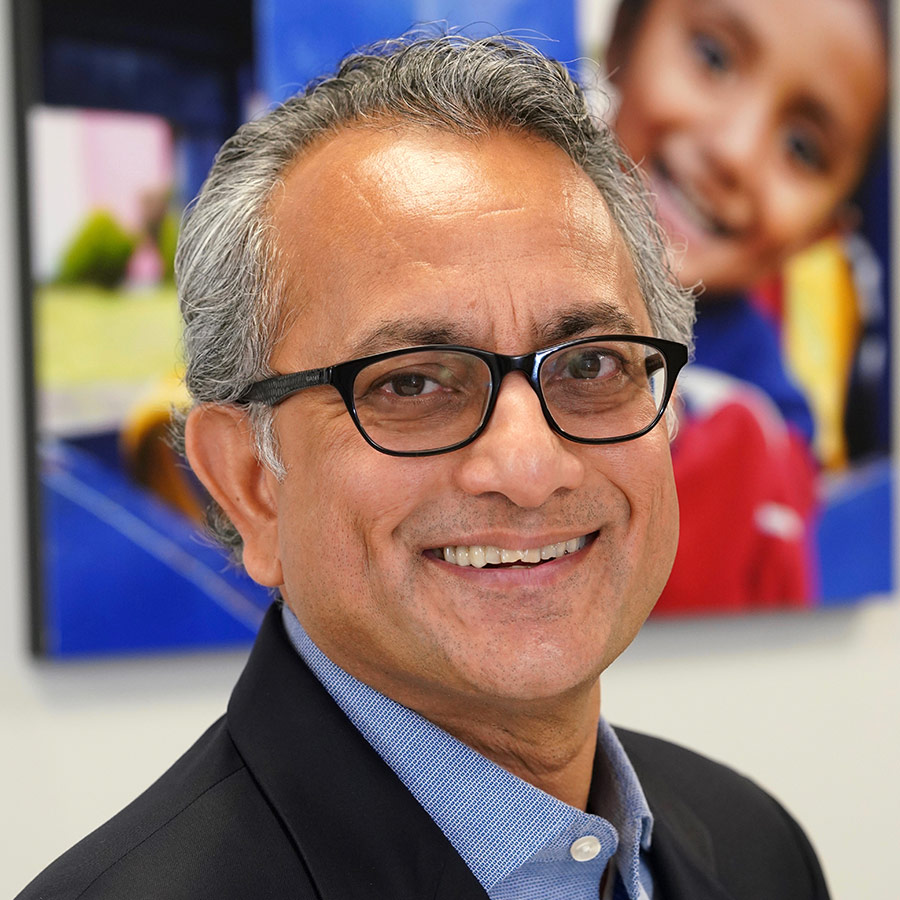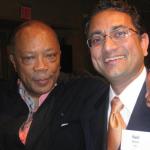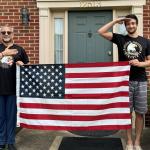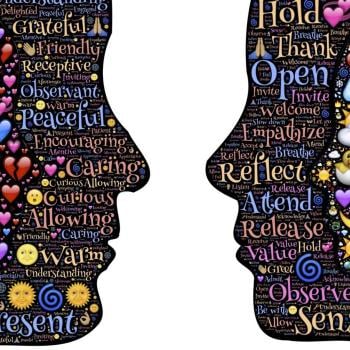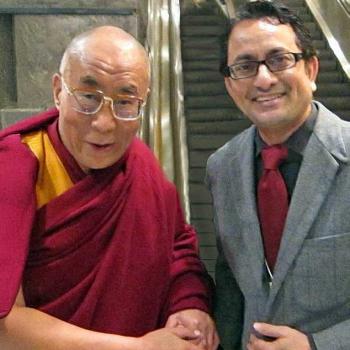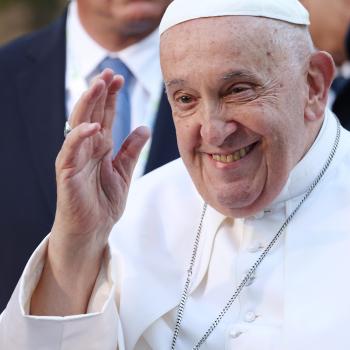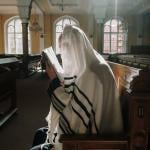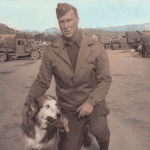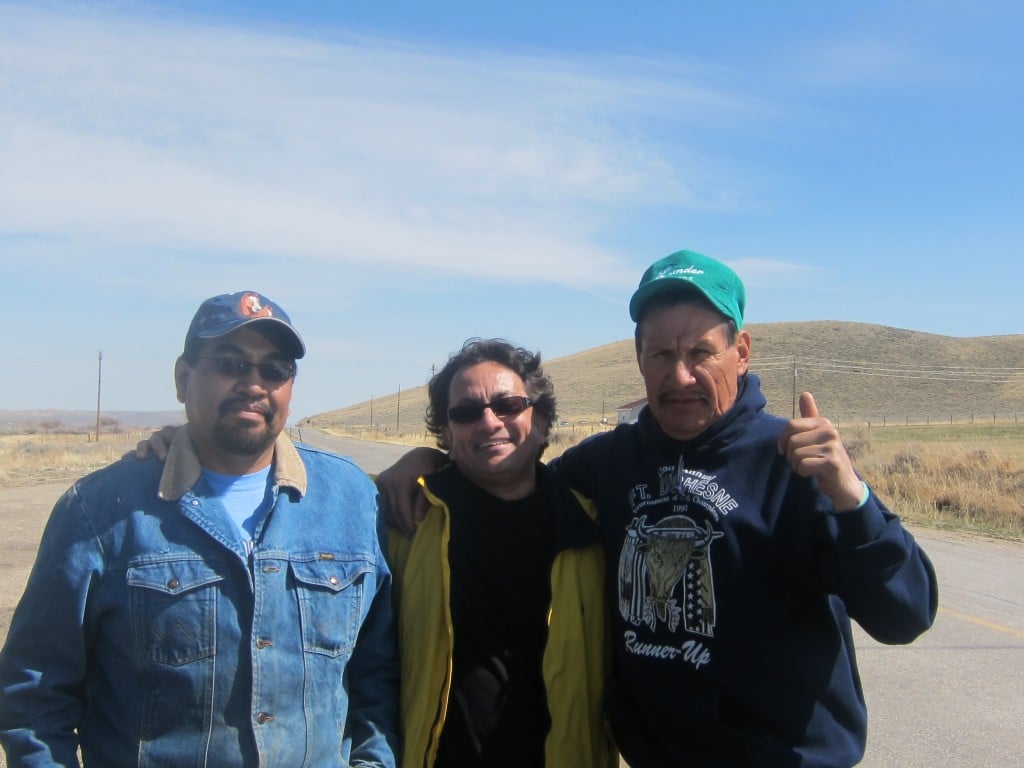
Beyond the Headlines: Finding Humanity at Wind River Reservation. In 2012, five years before the film Wind River brought attention to the stark realities of Native American life on the big screen, my son, Ryan, and I visited the Wind River Reservation. Among the things that have made my life so fulfilling are the people I have met and built relationships with on six continents. As an Indian American, I felt an affinity with the Native American people—the original inhabitants of this land—and was eager to learn from them directly.
Wind River: The Land and Its People
Wyoming’s Wind River Country hosts the seventh-largest Indian reservation in the U.S., covering over 2.2 million acres. The Wind River Indian Reservation is home to the Eastern Shoshone and Northern Arapaho tribes, who were forcibly relocated in the 19th century and have since endured many profound challenges. Fort Washakie, the reservation’s oldest community, was renamed in 1878 to honor Chief Washakie, a respected Shoshone leader who negotiated the treaty to establish this land as their home.
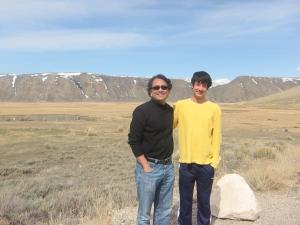
Getting to Plan B
In April 2012, based on a suggestion from Dipto Chakravarty, a dear friend, Ryan and I traveled to Jackson Hole, Wyoming, to hike in Yellowstone National Park. The day before the trip, we learned that the weather forecast called for snow and rain. Given my fear of extreme cold, Ryan was worried that his dad might decide to hide from the weather inside the hotel room. I kept a happy face but quietly packed my little black umbrella and a travel raincoat I recently picked up from CVS. After landing in Jackson Hole, we learned that Yellowstone (the main attraction) was closed for the winter! That was a bummer.
Time for Plan B: I decided to interact with locals by finding places that tourists usually don’t go to. Grand Teton National Park (the National Park right next to Yellowstone) was open, and we spent time there beneath the well-known craggy peaks. Seeking even less traveled destinations, I approached the locals for advice, much to my son’s dismay. They were far more informative than the tourist information center, and their tips turned out to be magical. We saw some of the most beautiful parts of Wyoming, ranging from snow-covered lakes and mountains to red rocks, alpine terrain, and some beautiful wildlife. The local people showed us extraordinary kindness. One even volunteered to be our guide and showed us where to find more wildlife. But what I remember most are three very special people we met on the reservation: Sarah Aoah, Lehand Hill Jr. (Rocky), and Kesley Lasost (Alfred).
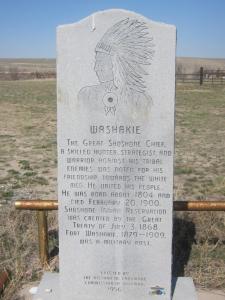
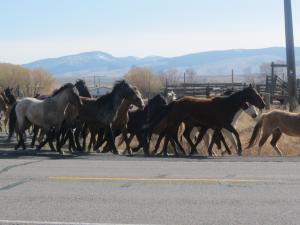
On the Reservation
Ever since I arrived in the United States, in 1984, I have been fascinated by the lives of American Indians, both for their incredible spiritual insight and for what they have endured. Ryan and I wanted to meet the original residents of Wyoming. Not sure where to start, I researched the web and checked with the hotel staff. To our surprise, no one was really able to help, which may have resulted from ignorance, discomfort, and hesitation. Following some initial suggestions, I contacted the local Chamber of Commerce at Washakie/Wind River. The person on the phone was extremely polite and helpful but explained that guiding us in this particular situation would be challenging. He said that American Indians live separate lives and prefer not to interact much with others. Ultimately, he was not very enthusiastic about visiting the reservation and suggested I read a recent New York Times article about crimes and other dangers at Wind River, probably to dissuade us from going there.
I read the article, which was disturbing and sad. In addition to describing a brutal crime spree, the article noted that the average lifespan of reservation residents was 49 years–20 years less than in Iraq. Unemployment, estimated to be higher than 80 percent, is on a par with Zimbabwe’s and is approaching the proportionally inverse of Wyoming’s 6 percent jobless rate.
There is Always Another Side to the Story
Grim as it was, the article actually heightened my desire to visit because there is always more than one side to a story. The New York Times article reminded me how miserable I felt after watching the movies “The City of Joy” and “Slum Dog Millionaire,” with their bleak, one-sided portrayals of India. Behind every generalization, I know there are unnamed causes and contexts, and sometimes encouraging stories. And I knew this would be as true in Wyoming as it is in India.
Ryan and I were still unsure where to go and whom to talk to, so we agreed to just go to the general area at Fort Washakie and try our luck. In our modest rental car, it was a three-hour drive, that included some treacherous, icy uphill roads, far from the interstate. It was stressful at times, and I started doubting my decision. On the plus side, we were blessed with more magnificent views and ever-changing terrain.
Once we arrived near the reservation, ours also started at a local gas station, like most searches, but did not bear significant results. Then, I decided to follow my somewhat insane plan to interact with residents. One lady with two little kids asked us to go to the local gym. We were both a bit intimidated and decided not to interrupt these workout sessions of very muscular men. Instead, we visited a local old-age home, where we met Ms. Sarah Aoah.
Sarah Aoah shared her childhood stories about growing up on the reservation as a member of the Shoshone tribe and about how life has changed over the decades. It was fascinating to hear descriptions of life on the reservation from someone who spent her entire life there before moving to the old age home. After speaking with Sarah Aoah, we were inspired and decided to venture deeper inside the reservation to interact with tribe members and learn about their lives. We knocked on some doors (Ryan remained skeptical) and met two 8th-grade girls, Kylee and Kaylee, who directed us further down the main road.
While driving around, we saw a man with two little kids driving a white truck. That was Lehand Hill Jr. (Rocky). We talked about his life and my life in Kolkata and now in the U.S. Rocky is a member of the Shoshone tribe; strangely, I felt connected with him. We shared stories about our lives and the need to look beyond the immediate challenges. Rocky has had a successful life, and recently bought a new house. During our conversation, another car pulled up. A tall man with a green cap stepped out of the vehicle. Rocky introduced him as his neighbor, Alfred, and one of the few members of the Arapaho tribe in that area. After talking some more, Alfred invited Ryan and me to his house and offered to take us around the reservation. We obliged and ended up on his front lawn with an incredible view of the mountains. While touring his home, I complimented him on his house and a painting on the wall. In a second, Alfred vanished and came back with a ladder. Before we could blink, he grabbed the painting from the wall and handed it to me. It was a beautiful painting of an American Indian lady with an eagle at the top. At first, I thought it must be a painting of one of his ancestors. Alfred was a man of few words. He said, “This is now yours.” I had no intention (or the courage) to refuse a gesture that might be considered rude. So, after our discussion, I politely offered to pay for the painting, which he finally accepted.
We talked about Alfred’s kids, and he showed us the colorful traditional regalia they wear during festivals. As we were leaving his house, Alfred had one more thing to say: “Do not allow anyone to touch my painting!” In that moment I fully appreciated the magnitude of his gift. Ryan and I both nodded and began the three-hour return trip to Jackson Hole.
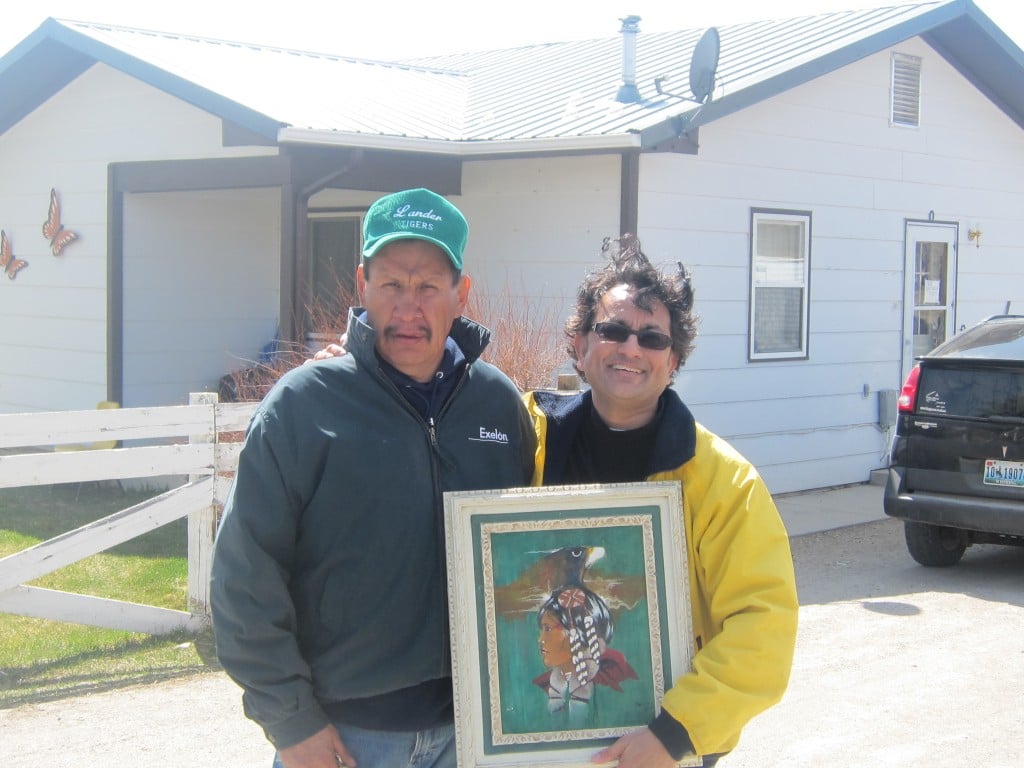
Reflecting on Wind River
In 2017, the film Wind River would bring attention to the ongoing plight of Native American communities, underscoring systemic neglect and violence against Native women. The story of this film also tells how the Native American community is treated in our society. The film’s somber tone echoed the sorrow I felt reading the New York Times article about crime and hardships on the reservation. Yet, our journey highlighted a new narrative: the strength, artistry, and resilience of the Native people that we would have missed if we had not made that journey in 2012, if we had not met three residents and chatted over commonplace things.
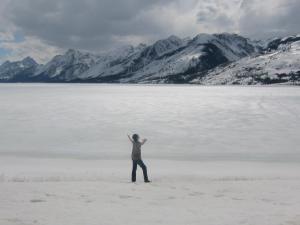
The Lesson We Learned
Our visit to the Wind River Reservation was a powerful reminder that the world is filled with incredible human beings, each carrying stories and wisdom. Often, we need only to step outside our comfort zones to find these connections. As we drove back, I looked at Ryan and said, “The world is full of good and interesting people; we just have to find them.” He smiled, and in that quiet moment, we both understood the significance of our journey.
Have you ever met a Native American or had a memorable encounter with a stranger that left a lasting impact? I’d love to hear your story—please share your experiences in the comments below!


